In biology, hermaphroditism, as the antonym of dioecious sex, represents a unique gender expression. Some animals are both hermaphroditic and dioecious, and this phenomenon is mostly related to genetic mutations, showing the complexity of the biological world. The following are some animals with hermaphroditic characteristics, such as earthworms, eels, clownfish, wrasses, corals, parasitic wasps, snails, etc. These species show a small part of biodiversity and also highlight the wonders of nature.
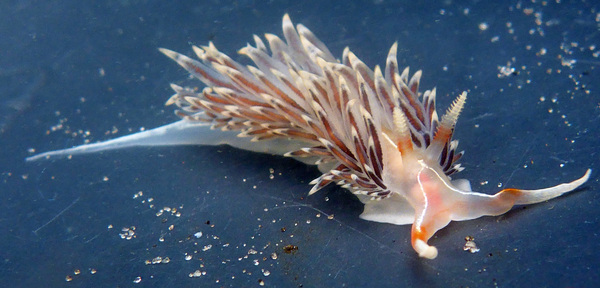
1. Earthworms (sexual reproduction/hermaphroditism)
In nature, there are many animals that are not divided into male and female, and earthworms are a common example. Earthworms are widely distributed all over the world and have the characteristics of hermaphroditism, that is, they have bisexual reproductive organs. Although many hermaphroditic animals can reproduce parthenogenetically, earthworms cannot. This is because the distance between the female and male reproductive organs of earthworms is far, and they must reproduce in this way.
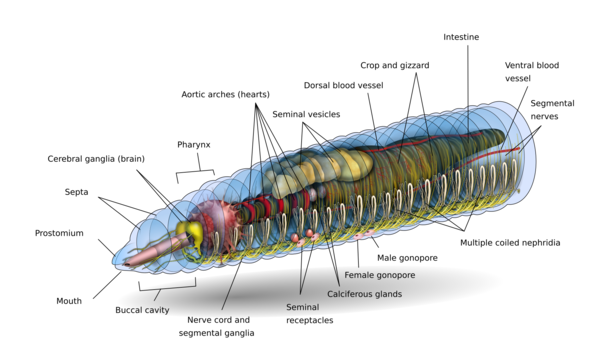
Earthworms usually reproduce in groups. They first lie flat together and then stick to each other tightly by releasing mucus. During this process, the 15th segment of the earthworm begins to lay eggs, while the 9th and 10th segments absorb these eggs and fertilize them. The fertilized eggs are then stored in the spine of the earthworm, and after two to three weeks, the eggs will hatch into young earthworms.
2. Yellow eel (sex change)
There are many species in the animal kingdom that can change sex at will, and the yellow eel is a striking example. Generally speaking, once an animal's gender is determined, it will remain that gender for life, or have two sets of reproductive organs like earthworms. However, eels have shown a unique gender characteristic: they have the ability to "change gender".
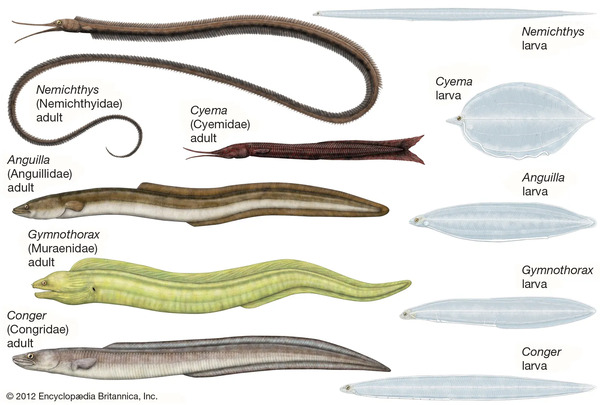
Eels are all female when they are born, and as time goes by and they grow, they will eventually enter the first stage of sexual maturity. At this time, all eels are female. After the first successful reproduction, they will experience the second sexual maturity, when the gender of the eel will change from female to male. Therefore, in the life cycle of eels, they can play the roles of both mother and father, showing a unique and wonderful biological characteristic, which makes people marvel at the diversity and changeability of the animal world.
3. Clownfish (males can become females, but females cannot become males)
Among the many hermaphroditic animals in the world, clownfish is a highly watched species that is impressive. Although all clownfish are born male, this does not mean that they are destined to parthenogenesis. In fact, they are a rare species that can change from male to female, while females cannot change to male.
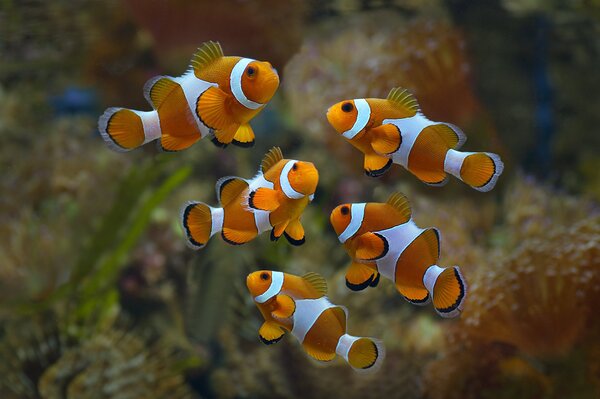
Each clownfish population has a dominant female and several adult males. During their juvenile stage, male clownfish are hermaphroditic. If the dominant female dies, one of the adult males will undergo hormonal changes and transform into the new female of the group. This new female will lead the group of males in reproductive activities. However, once the female dies, the leader of the females will actively change sex to become the new female and continue to dominate and reproduce the species.
4. Wrasse (Changes sex when no male fish are around to reproduce)
Wrasse is also an animal that can change sex, but unlike clownfish, they take the opposite strategy. All individuals in a wrasse group are female at birth, and their sex remains unchanged in the presence of male wrasses. However, once the male wrasses in the group disappear or die, things will change.
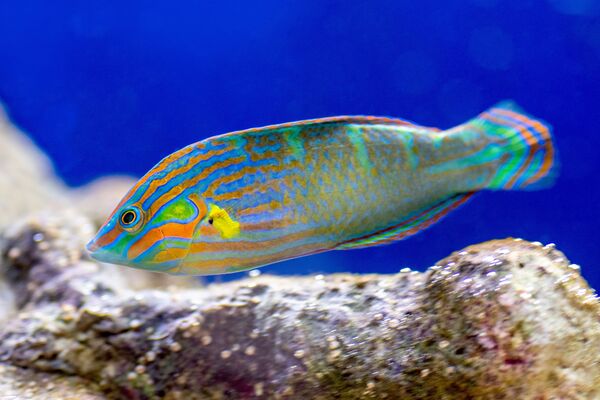
When the most powerful female wrasse begins to compete for dominance, she will quickly show male characteristics and fight fiercely for leadership. The winning female wrasse will undergo a series of physical and behavioral changes. Her ovaries will gradually degenerate, testes will begin to form, and the brain will begin to adjust its behavior patterns. In this way, the original female wrasse will transform into a male wrasse and continue to maintain the balance and reproduction of the group.
5. Coral (both sexual and asexual reproduction)
There are a large number of hermaphroditic organisms in the ocean, of which coral polyps are a typical example. Whether hermaphroditic or not, coral polyps have the ability to expand their colony size through sexual and asexual reproduction. Sexual reproduction is of great importance to coral polyps because it can help them open up new territories. Although the fertilized eggs of coral polyps can be spread to distant places with the help of seawater, the probability of successful fertilization is actually very low, with only a very small chance of one in a million.
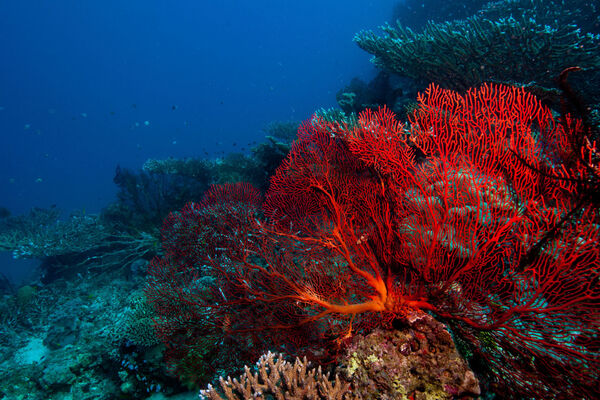
Compared with sexual reproduction, asexual reproduction is the main means for the continued growth of coral polyp colonies. This method ensures that coral polyps form interconnected colonies, thereby promoting the continued expansion of coral colonies.
6. Parasitic wasps (mixed male and female chromosomes)
Parasitic wasps are a special type of gynandromorphs, and their special feature is that they have a mixture of female and male chromosomes in their bodies. The behavior of these bees clearly shows that their most critical sexual organ is their "brain". For example, after normal male and female parasitic wasps reproduce, the female bees will choose to sting eggs in the host larvae. However, some parasitic wasps have male brains and female bodies in their bodies, forming the so-called "male-female mosaic".
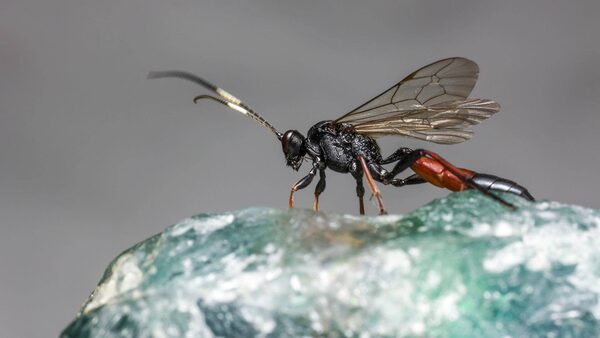
In this case, their reproductive behavior becomes complicated: they will sting female bees by mistake and try to reproduce with the host larvae. Sometimes, they dance around the female bees without actually reproducing; or they suddenly stop at the beginning of reproduction, as if they suddenly remembered an important appointment.
7. Snails (parthenogenetic)
Snails exhibit a variety of gender forms in the biological world, and some individuals are hermaphrodites. Gill snails show dioecious characteristics, while pulmonates show hermaphroditic properties. At the same time, gill snails use gills to breathe, while pulmonates rely on lungs to breathe. Most of the known snails belong to pulmonates, resulting in relatively few species of the former.

Hermaphroditic snails not only have this unique gender structure, but can also mate with different sexes. This type of snail has a dual reproductive system that can produce eggs and sperm. In some special environments, they can even reproduce through self-fertilization.
8. Turritopsis dohrnii (Immortality/Infinite Life Extension)
Sexless animals are organisms without sex, and they are rarer than transgender animals. These organisms lack male and female reproductive organs, so their reproduction often involves splitting or budding. In the animal kingdom, there is indeed a sexless organism, the Turritopsis dohrnii, which has the ability to "rejuvenate".
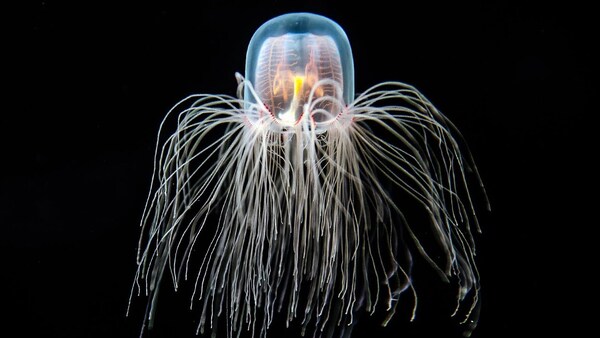
Generally, animals will experience an aging process after reproduction, but the unique thing about the Turritopsis dohrnii is that it will return to the immature polyp larvae stage after completing reproduction. This jellyfish relies on splitting to reproduce, rather than traditional sexual reproduction.
9. Blue Spot Grouper (Sex Change)
Groupers are also hermaphroditic fish, similar to wrasses, and they also have the characteristic of sex change. These fish are female when they first mature sexually, and then change to male the following year. Among them, the blue striped grouper living off the coast of Florida, USA and Brazil is particularly striking in this regard, and they can undergo sex change multiple times a day.
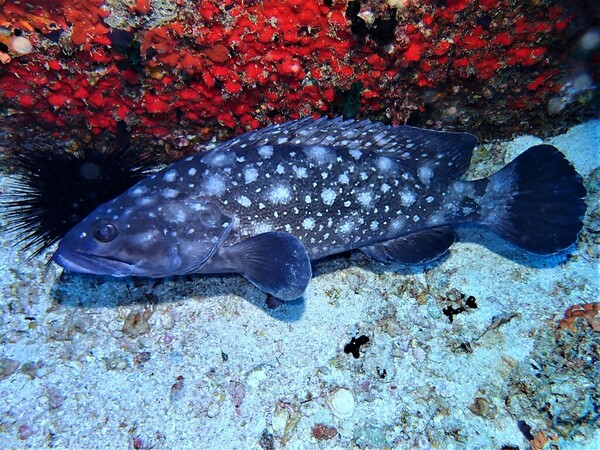
At dusk, male and female blue striped groupers will experience sex change, and they may even repeat it many times in a short period of time. When the two fish mate and lay eggs, one will play the role of female fish and the other will play the role of male fish. After mating, they will change sex again to continue to reproduce. This phenomenon is also called sex change, hermaphroditism and cross-fertilization.
10. Double-banded brontosaurus (sex determined by size)
Double-banded brontosaurus, also known as blue-headed brontosaurus, is a striking example of a sex-changing animal. Its males are brightly colored, while females are relatively dull. However, these dull-colored females prefer to mate with the largest and most colorful males, choosing the best partners for reproduction. Therefore, at the peak of the breeding season, the largest males have the greatest advantage in reproducing offspring.
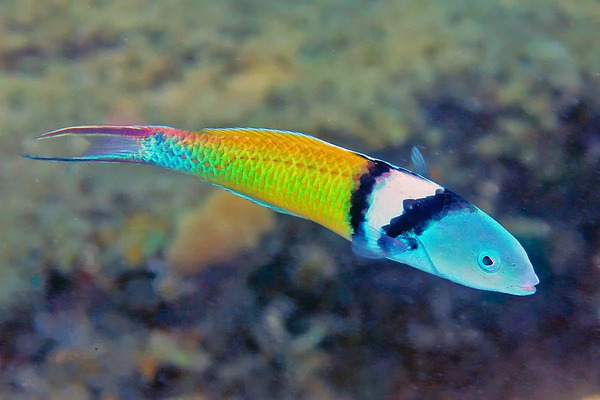
When double-banded brontosaurus are still small, they usually appear as females and participate in the reproductive process and lay eggs. But as they grow in size, once they reach a certain size, they will transform from females to males and begin to take on the reproductive role of males.
Interestingly, if the largest male double-banded fish on a coral reef is removed, a larger female fish will undergo a gender change in just a few days, transforming into a colorful male fish and taking his place.
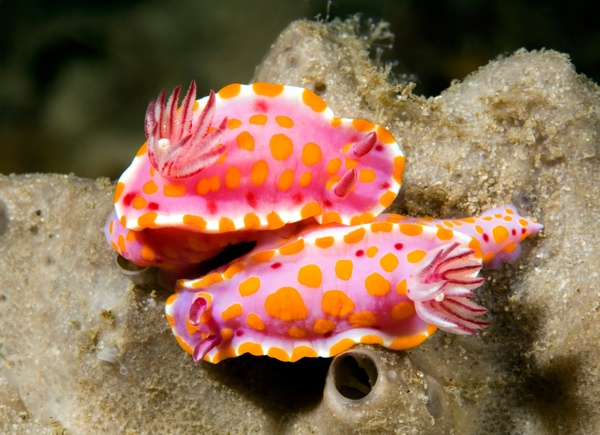
Other hermaphroditic animals:
Red snapper, sea slug, European flat oyster, spoon maggot, barnacle, cleaner fish, cotton pad scale, liver leech, sea bass, shipworm, squid, bean worm, black sea bream, North American cardinal, etc. ……
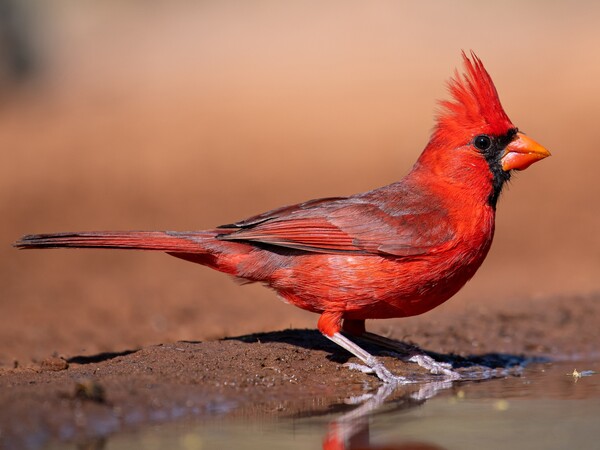
In the list of hermaphroditic animals, we mainly based on the characteristics and popularity of the animals, combined with relevant rankings and lists on the Internet, and listed the following list for you. Please note that this list is for entertainment reference only, and any corrections are welcome in the comments!
animal tags:
We created this article in conjunction with AI technology, then made sure it was fact-checked and edited by a Animals Top editor.